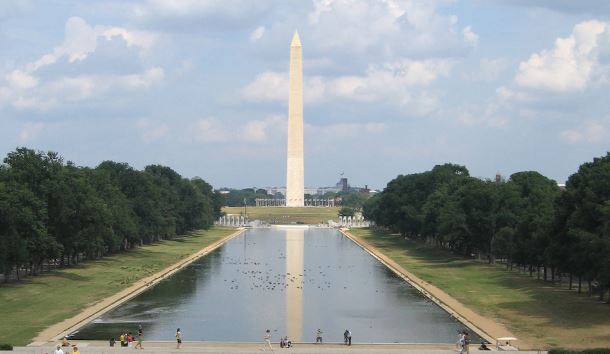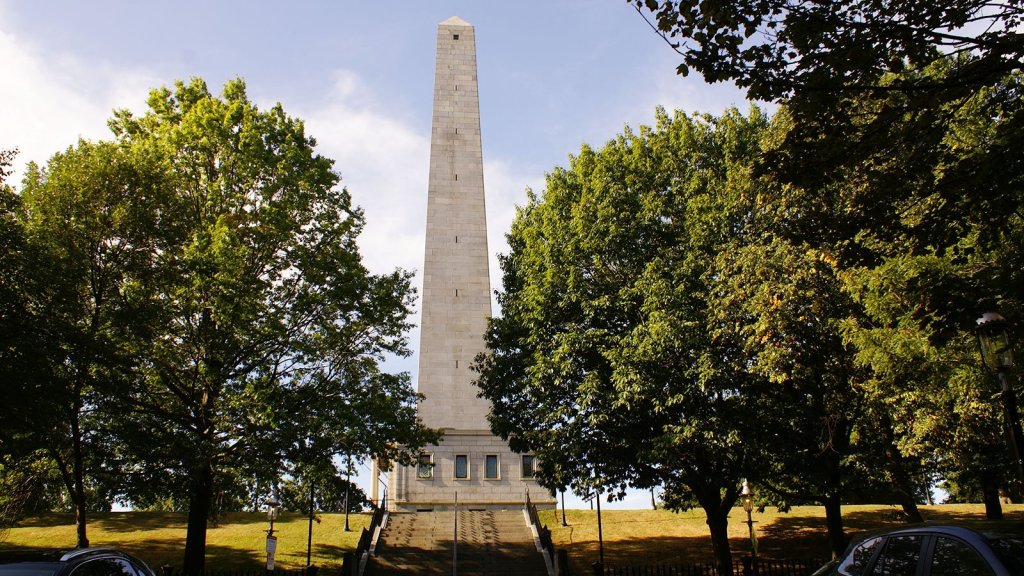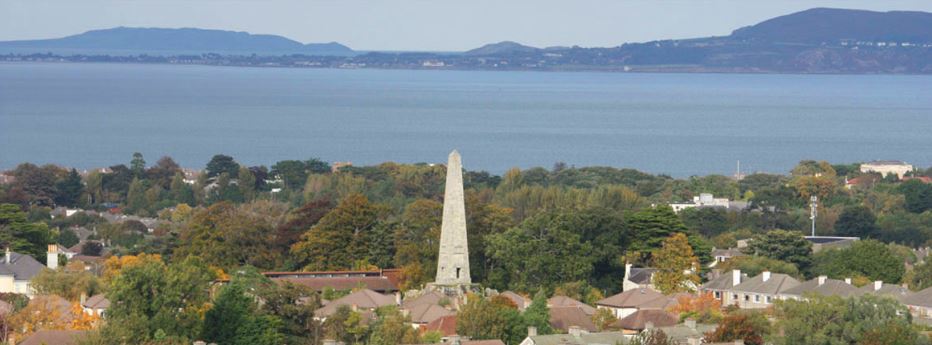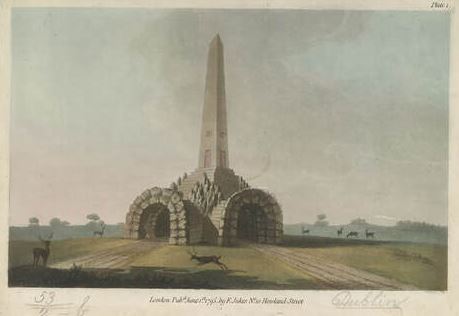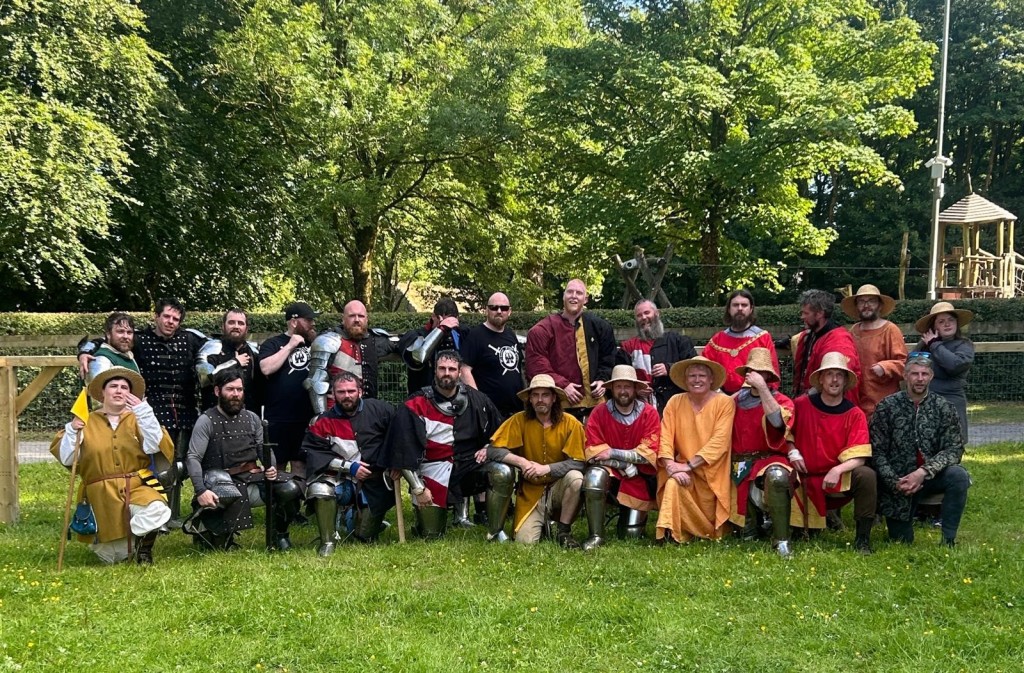
We fought the second Battle for Bunratty yesterday in glorious sunshine in the grounds of Bunratty Castle and Folk Park. In the first battle for Bunratty the fighters went through the lists like a Knight through butter. The woodwork came apart as soon as the Buhurt bouts kicked off. This time the park builders put in far more braces and added screws to the nails and it had the desired effect. By the end of the day the list remained intact.
Three Irish medieval armoured fighting clubs participated. The Knights of Munster dazzled with their customary sartorial elegance bringing colour and glamour to the list. The doughty warriors of Fragarach from Leinster travelled far and fought hard. The boys from Athenry 1316 MFC took the spoils on the day in a hard fought round of duels, profights and group fights. Also a special mention to Oliver, our visiting French Mercenary Knight from Les Decendents du Hardi, who demonstrated his class on the field of battle.
We fought a selection of longsword duels, sword and shield duels, sword and buckler duels, a profight, and group fights (buhurt). Unlike 1st Bunratty no swords were broken on this day but we saw a shield smashed in two. We also have running repairs to make on some of the armour in preparation for 3rd Bunratty.
“It takes a village to raise a child” can be paraphrased for these events where we build a tented village and the show is impossible without the small army of announcers, marshalls, hit counters, runners, squires and helpers who assemble and dis-assemble the whole kit and caboodle. Big thanks to the folk at Bunratty who are on site to ensure everything goes to plan. And also a big thanks to the crowd to turn up and pay the fee that allows all of this to happen. You are beautiful people. Special mention to those who go the extra mile and dress for the occasion.

The Battle for Bunratty returns again on July 21st and August 11th 2024. In September we will move further north to the grounds of Claregalway Castle for the premier event of the year, the two day Claregalway Castle Shield organised by the Irish National Medieval Armoured Fighting club.
Now I’m off to do some light exercise to ease out stiff muscles but here is a final photo of the Knights of Munster presenting Oliver with a club T-shirt and pin.

-o0o-
This site is available for free and I make no money from any ads you see here. If you would like to show your appreciation feel free to leave a comment or you can buy me a coffee! http://buymeacoffee.com/DonalClancy




